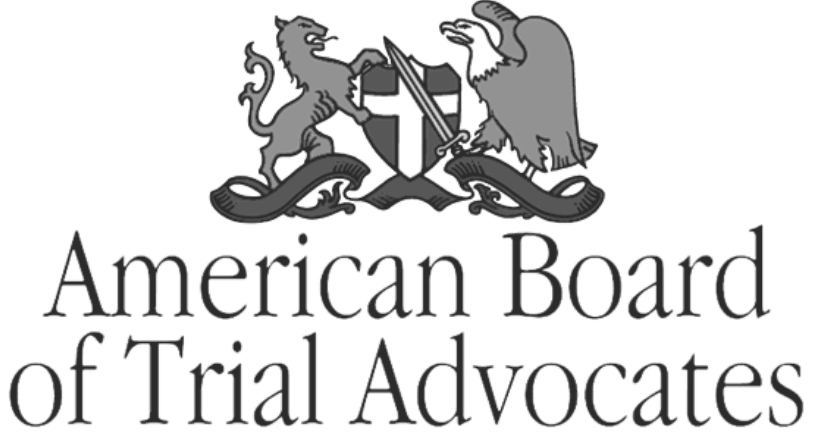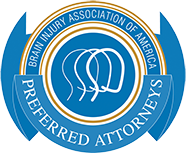Morning Sickness Drug Zofran Causes Side Effects
Zofran is a popular drug used to curb nausea after radiation treatment or chemotherapy for cancer. Some doctors prescribe it for pregnant women to address morning sickness. Although the drug became increasingly popular with expectant mothers in recent years it is not approved for morning sickness.
Over the last five years, the manufacturer GlaxoSmithKline has faced hundreds of lawsuits brought by women who claim Zofran caused defects in their babies.
Those suing the drug manufacturer claim Zofran caused serious damage and misery. They point out GlaxoSmithKline was warned about the illegal marketing of Zofran as long ago as 1999.
If you or your child has been harmed by this drug, you should contact our Virginia dangerous drug attorneys as soon as possible to find out how to join a lawsuit.
What is Morning Sickness?
Morning sickness usually begins around the sixth week of pregnancy. It affects about 70 – 80 percent of pregnant women during the first trimester. About half of women who experience morning sickness end up vomiting. Although morning sickness usually lasts a matter of weeks, the unpleasantness of the condition leads many women to look for a drug to treat it.
Although morning sickness does not cause long-lasting illnesses, the drugs used to treat it may. Zofran is linked to serious conditions in the mother and the child.
How Does Zofran Work?
Zofran (generically known as ondansetron) blocks the chemicals in the body that cause nausea and vomiting. It can be taken in an oral tablet, making it a popular option for pregnant women. Although the drug may take the edge off the side effects of pregnancy, it’s not worth the risks.
As many as 1 million pregnant women are exposed to Zofran or its generic every year, according to a study by Dr. Gideon Koren of Motherisk.
What are the Side Effects of Zofran?
Some women may experience side effects soon after taking Zofran. You should immediately discontinue use and call your doctor if you experience any of the following:
- Bloating, severe constipation, or stomach pains
- Fast palpitations or pounding heartbeats
- A headache with chest pain, fainting, light-headedness, severe dizziness
- jaundice (yellow skin or eyes)
- Temporary vision loss or blurred vision lasting from a few minutes to several hours
- Fever hallucinations, anxiety, fast heart rate, overactive reflexes, vomiting, diarrhea, loss of coordination
- Drowsiness and tiredness
Zofran Complications Lead to Lawsuits in Virginia
Zofran is associated with birth defects leading to lawsuits in Virginia and elsewhere against GSK.
Researchers have conducted studies on the impact of Zofran and other drugs on pregnant women over the last decade. While some of the results are contradictory, a Danish study in 2013 that looked at 900,000 pregnant women from 1997 to 2010 highlighted a risk of cardiac defects associated with Zofran.
The study suggested a 30 percent overall increase in heart defects in newborns associated with the drug. However, another Danish study involving 600,000 participants found little or no increased risk.
Zofran use is also linked to cleft lip and cleft palate deformities in children.
A study of about 9,000 women by the Center for National Birth Defects Research and Prevention suggested the chances of a child developing a cleft lip or a cleft palate was 2.4 times higher when a mother took Zofran in the first trimester.
Zofran has also been linked to kidney defects and congenital heart defects such as Atrial Septal Defect (ASD) or Ventral Septal Defect (VSD). ASD is the incomplete closure of the wall between two chambers in the upper heart. VSD is a similar defect in the lower two heart chambers.
Why Charges Were Brought Against GSK over Zofran
Back in 1999, Zofran manufacturer, GlaxoSmithKline was warned by the U.S. Food and Drug Administration (FDA) over the illegal marketing of Zofran.
In 2012, the U.S. Department of Justice announced the settlement of charges against GSK for marketing Zofran to doctors and allegedly paying kickbacks to doctors who used the drug. Glaxo was ordered to pay $3 billion in criminal and civil fines to dismiss these allegations.
The settlement does not affect lawsuits against GSK for damages or injuries caused by Zofran. Mothers, children, and their families who suffered because of this drug may be eligible for compensation for medical costs, lost wages or pain and suffering caused by Zofran during pregnancy.
About 400 families who allege Zofran caused birth defects have filed lawsuits against GSK. The cases have been consolidated in the U.S. District Court for the District of Massachusetts.
Contact a Virginia Dangerous Drug Attorney
If you or a family member has been injured by a dangerous drug, contact the Smith Law Center today. We have secured over a billion dollars for people injured by dangerous drugs, people harmed in car wrecks, and other accidents. Please contact us today for a free consultation at (757) 244-7000.











